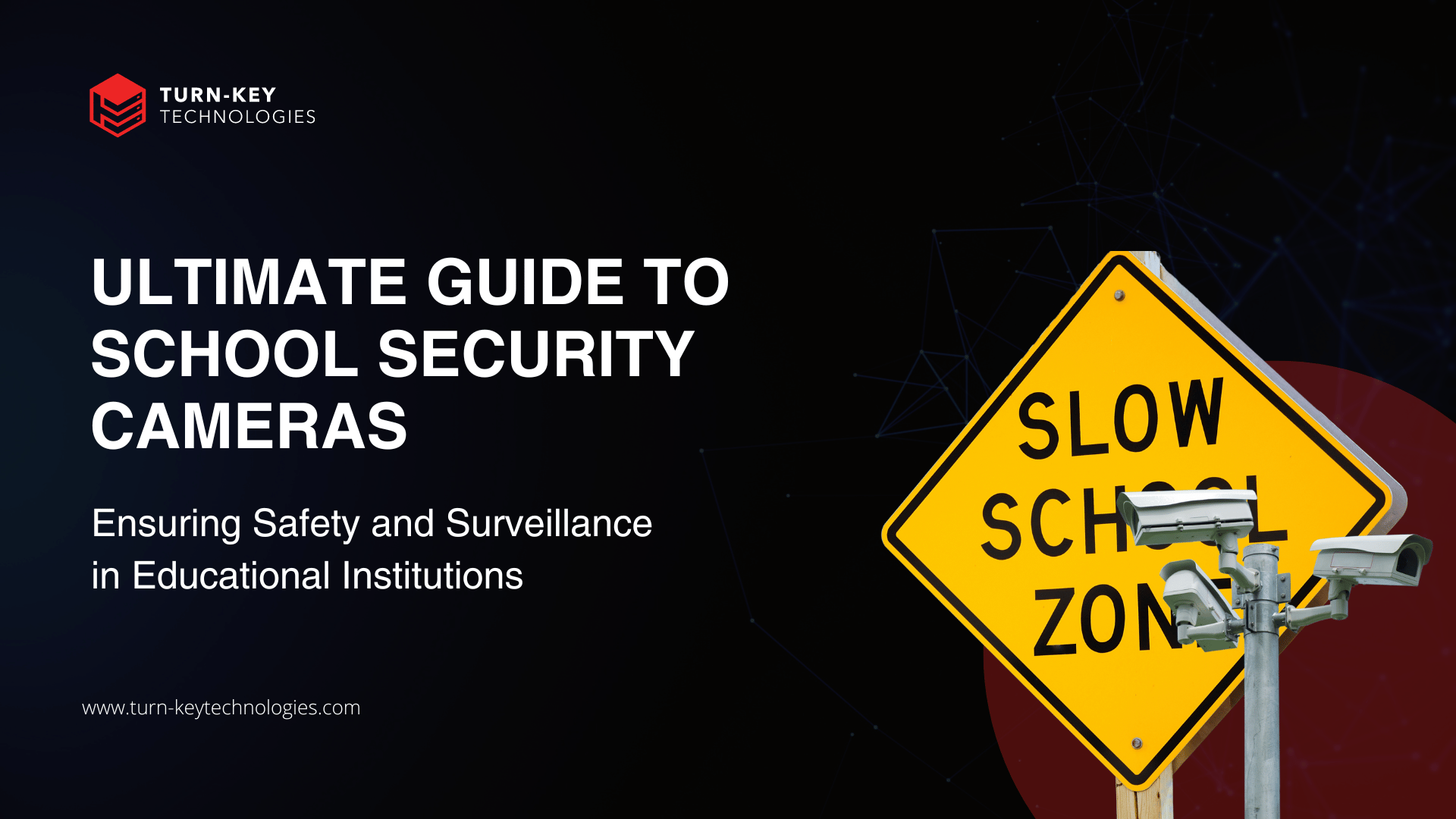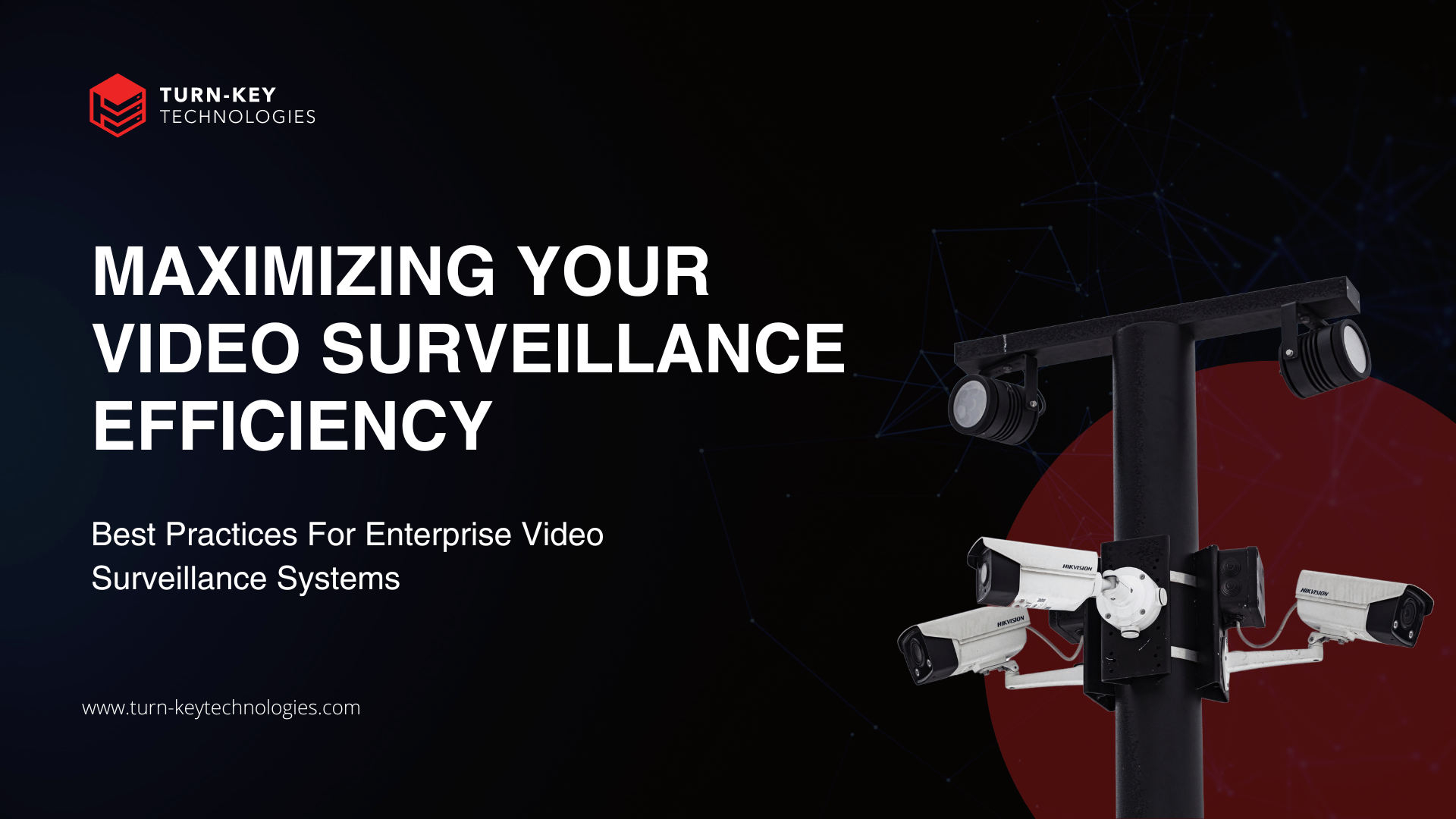Top Security Cameras for Schools: Advanced School Security Camera Systems & Surveillance Solutions
School safety isn’t just a priority—it’s a necessity. In this blog, we'll explore the critical role security cameras play in ensuring school safety....

 Craig Badrick
Craig Badrick



